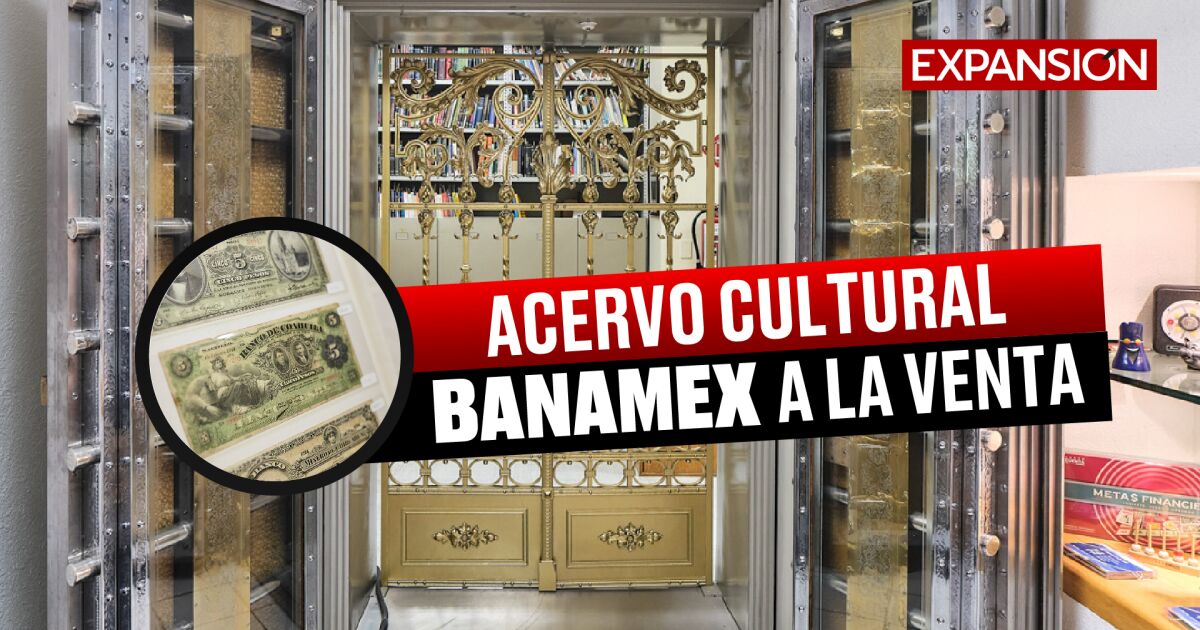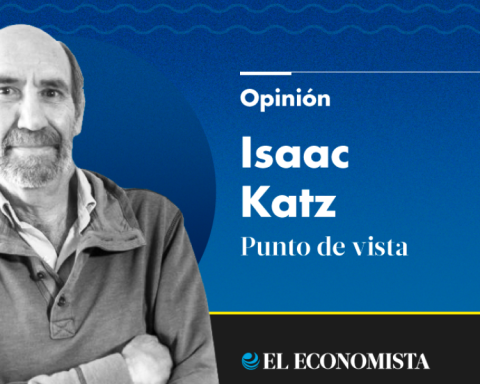“Fortunately for Banamex, all the owners have appreciated it and have recognized and sold it as part of the essence of the bank,” Alberto Gómez, director of economic studies and communication at Banamex, said in an interview. “All of them have sought and increased all that wealth and, in the case of Citi in the last 20 years, it has been quite remarkable.”
These works, along with Citigroup’s exit plans, have unnerved Mexican art world and government officials, with many insisting that the collection remain in the country. The New York-based bank has promised it will, in part because the works of art are protected by Mexico’s strict cultural property laws.
The company announced last month that it will end its consumer, small business and corporate banking operations in Mexico, where it has its largest branch network in the world, as part of Chief Executive Officer Jane Fraser’s continued push to simplify the bank. A sale would mark the fifth time Banamex has changed hands during its 138-year history.
Since the collection will be included in the sale, teams of art historians will have to catalog and prepare the pieces for their new owners. Citigroup declined to comment on the value of the artworks.
“We are talking about buildings, about art collections from the best painters in Mexico, also in the world,” Mexican President Andrés Manuel López Obrador said at a press conference last month. He emphasized that it is cultural heritage and should remain in the country.
Under Mexico’s cultural property laws, the works of many of the greatest artists of the 1800s and 1900s are considered historical or artistic monuments. Once a work of art is considered a monument, it cannot be taken out of the country without the prior approval of the Mexican government, and even then, it can only be taken out temporarily.
Citigroup and many other banks around the world have long maintained huge art collections. During the pandemic, while many museums faced budget cuts and were forced to scale back programming amid health restrictions, banks and other large corporations continued to collect, loan and exhibit art.
Citigroup has been no exception. Currently, the bank has an exhibition commemorating 200 years of Mexico’s independence inside the Palace of Culture, an 18th-century building in the historic center of Mexico City. The structure itself is part of the bank’s art collection. Some 120 of the best pieces from the Citibanamex collection are on display.
Citigroup acquired the collection in 2001, when it agreed to pay $12.5 billion for what was then known as Grupo Financiero Banamex-Accival, then Mexico’s second-largest bank. He subsequently added dozens of works of art to the collection.
Over the years, Citigroup has collaborated with the Mexican government to lend pieces from its collection to museums such as the Prado in Madrid, the Louvre in Paris, the Los Angeles County Museum of Art and the Metropolitan Museum of Art in New York. York. Some works have also been temporarily displayed at the bank’s headquarters in the Tribeca neighborhood of Manhattan.















